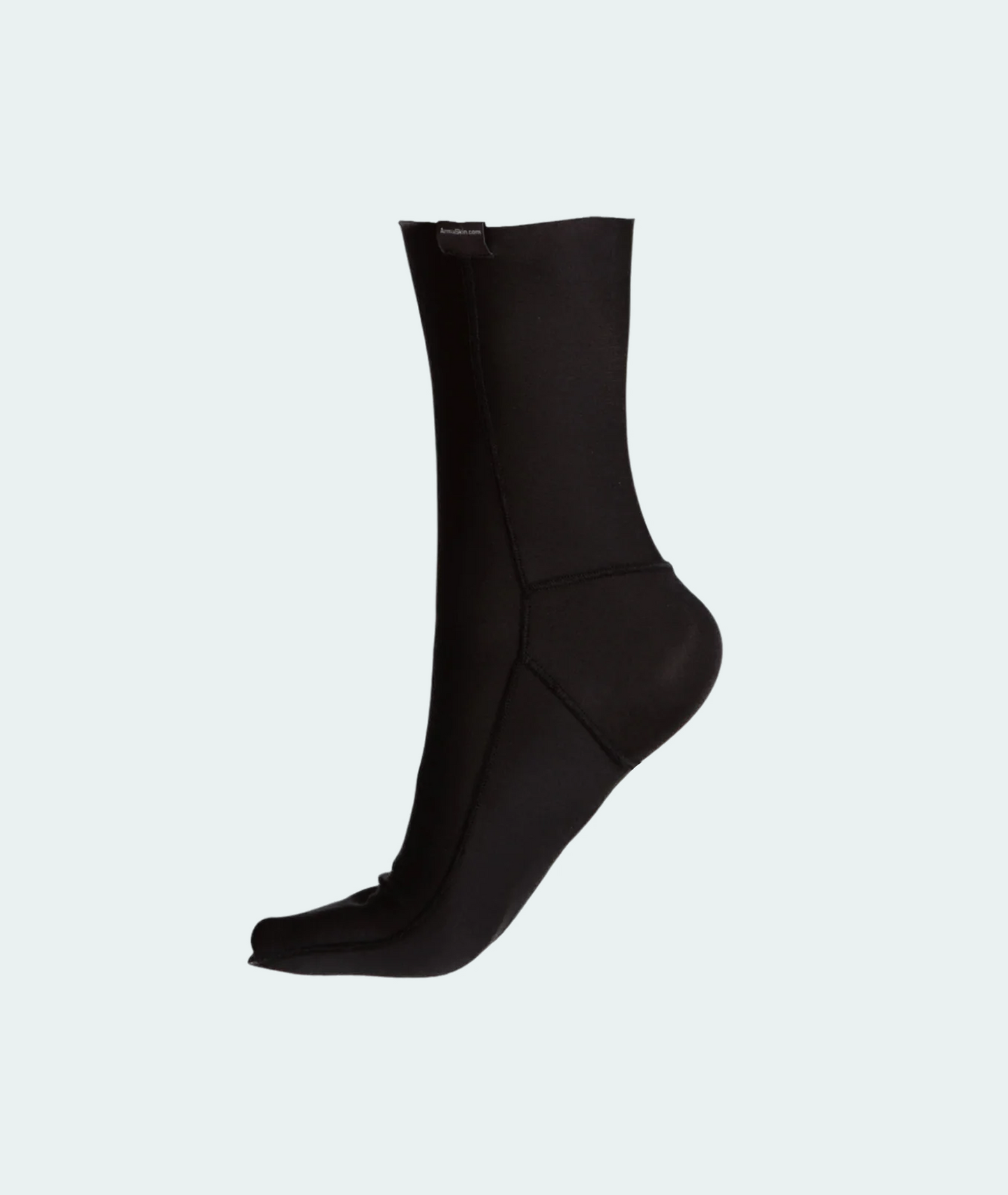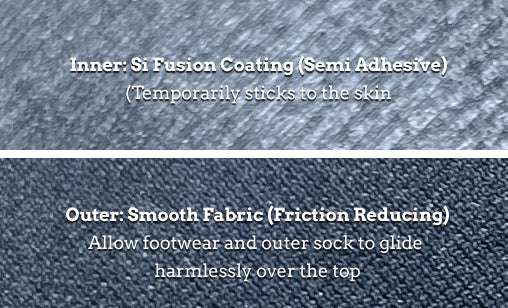
by Kyt Lyn Walken
Introduction
Selecting the right gear and equipment for outdoor activities is crucial, especially when preparing for potential emergencies caused by weather conditions, environmental disasters, or social unrest. However, one aspect that often gets overlooked is footwear. Before we delve into the specifics, let’s discuss some basic considerations, taking into account personal preferences, seasons, climates, altitudes, and terrains.
Choosing the Right Footwear for the Great Outdoors: Basic Considerations
Choosing the right footwear for a potentially dangerous situation is a highly personal decision.
Everyone has unique physical characteristics and individual elements that correspond to congenital or temporary disabilities. The way a person walks can significantly affect the heel or forefoot, the inside or the outside of the foot.
Our habits, minor or major discomforts caused by our posture or occupation, are key factors in selecting the most suitable footwear.
Don’t Let Blisters Slow You Down!
Discover the ultimate solution with ArmaSkin Anti-Blister Socks. Designed with advanced friction-reducing technology, these socks keep your feet dry, comfortable, and blister-free – no matter the challenge.
Shop NowHowever, there are some fundamental requirements that should guide our choices:
- Robustness
- Reliability
- Resistance
- Versatility
Essential Requirements for Footwear
In addition to the fundamental requirements mentioned earlier, fit and comfort are absolutely essential. If the shoes don’t fit perfectly, there’s a high risk of discomfort or even painful blisters that could lead to infections. You certainly don’t want to become a problem for yourself or the group you’re with.
An earlier ArmaSkin blog on boot selection highlighted that a "perfect fit" takes into account that;
"Apart from choosing the appropriate type of footwear for the adventure you are planning, selecting the right shape and size for your foot is equally critical. The general size is important but a suitable toe box shape and size is paramount. When selecting your next pair, wear your intended socks, including your blister preventing liner socks, to the shop and understand that your feet can normally swell by about half a size after solid hiking of 3-5 hours or 8-15 km. Common advice is to purchase a pair to accommodate the swelling. Roughly this equates to enough room to insert your finger at the back of your heel."
It’s also important to note that aesthetics play a significant role. If you’re comfortable with sturdy and aggressive-looking footwear, you’ll likely find them more suitable for situations where every step could make a difference.

Anatomical Structure of Footwear
Starting from the bottom and moving up towards the ankle, the components of footwear include:
- Upper: The largest part of a shoe or boot that holds the foot up to the insole.
- Shank: A rigid material positioned above the upper, sandwiched between the insole and the midsole. Often made from nylon poly, it provides support and stability.
- Rand: A strip of material (usually rubber) that wraps around the shoe where the midsole and upper meet; provides additional protection in difficult terrain.
- Sole: The part in direct contact with the ground.
- Midsole: The layer (usually some type of foam or ethyl vinyl acetate) that sits between the midsole and the outsole. It determines the cushioning and shock absorption, ensuring general stability.
- Insole: The thin material at the bottom of the inside of the shoe where the foot rests; often made of ventilated material to ensure breathability.
- Membrane: Usually present in windproof and waterproof materials, breathable, it wraps the rest of the foot and the ankle.
Different Materials, Different Applications
Advancements in technology have led to the creation of new types of foams, synthetic fabrics, rubber, and leather. These materials provide comfort, cushioning, support, protection, and long-term durability. Breathable waterproof membranes, such as Gore-Tex, prevent water penetration through reduced pores.
The applications of a given shoe are not only linked to its specific characteristics but also to its design, the materials used, and most importantly, the needs dictated by a particular situation.
Substrate versus Soil
The type of terrain you expect to encounter will greatly influence your selection of footwear. Urban and suburban areas are dominated by substrates such as concrete, asphalt, tar, cobblestones, tiles, while outdoor areas feature earth, mud, sand. Your choice of footwear for a Bug Out Situation should take these factors into account.
Seasons and Climatic Conditions
Not all footwear can adapt to different seasons, altitudes, and terrains. As a Mantracking Instructor (someone who reads, identifies, and follows human footprints), I often emphasize this point.
It’s crucial to thoroughly study your final destination and the entire journey leading up to it. Generally, some footwear suitable for cold climates may not be ideal for use in urban or suburban areas, as the tread on the sole may erode quickly. Conversely, some shoes designed for warmer climates may not be suitable for areas above a thousand meters. The right compromise is possible, but it should always start with a prior study of your itinerary.
My Personal Selection
This section will focus on the most suitable and versatile footwear for a Bug Out Situation context. The Italian market has a long manufacturing tradition that many countries envy us! Associated with each category, you will therefore find only a few of the multitude of tricolor proposals that can become your primary and secondary Bug Out footwear.

Trail Shoes
I personally go for Merrell Moab 2 Mid GTX Tactical. They can be considered a very versatile hybrid shoe, lightweight as sneakers but with an excellent grip on the terrain. I tested them several times on the craggy slopes of the Alps, and they never disappointed me.
Military Boots & Hiking Boots
In this case, my choice goes to Police Patrol Boots 01 as well as Military Protection Boots, both from the Danish brand “2be Footwear”. Military boots have a more aggressive and consistent design due to the use of thicker, stronger, and more reliable materials. This guarantees durability, protection of your ankles, and stability. These kinds of boots are surely less comfortable for walking, but new technology managed to create the right balance between stability and flexibility, offering a good deal either with warm temperatures or with cold ones. Military boots are supposed to protect yourself especially with extreme weather conditions, debris, and harsh bushes.
Testing Footwear: When and Why and Conclusions
Whichever type of footwear you choose, you need to take the appropriate time to break it in. Synthetic and suede materials tend to require the least amount of testing, while leather takes significantly longer to adjust to our feet. Only starting with short journeys up to longer itineraries (and several days), especially on varied terrain, with loads on the shoulders and with different weather conditions, will we actually be able to say we are satisfied with having chosen one or more totally reliable shoes in a Bug Out situation.
About the author: Kyt Lyn Walken
- Certified Wildlife Conservation Ranger at Conservation Ranger Operations Worldwide
- Official Representative & Instructor at Hull’s Tracking School
- Directora de Rastreo Humano por Dynamic Tracking (Spain)
This article is brought to you by ArmaSkin, the best technical liner sock for blister prevention.














